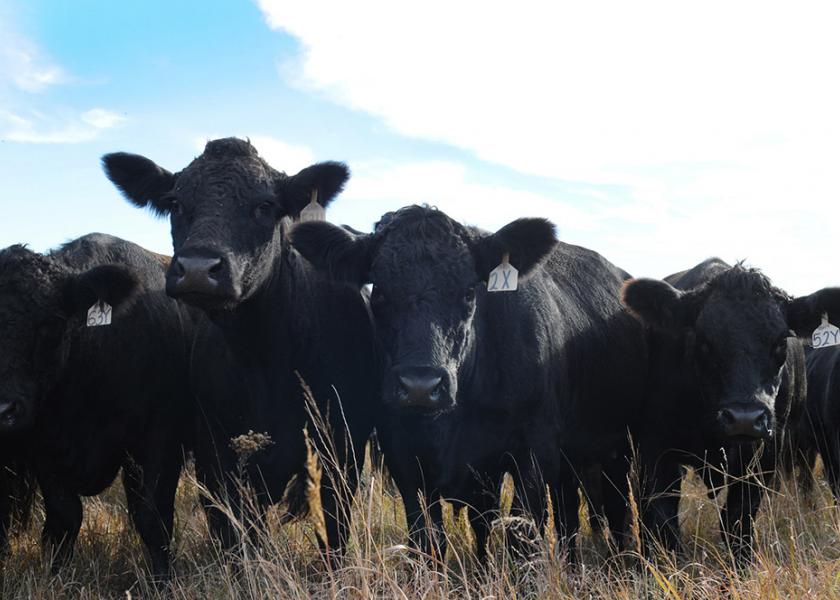Glenn Selk: The Three Stages of Calving

As we move closer to the first of September and the fall calving season begins, understanding what to expect during the normal delivery can help to determine when a cow needs assistance due to a problem that occurs during calving. Animal scientists and veterinarians agree that there are three important stages of any cow’s delivery of the baby calf.
Stage 1
The first stage of parturition is dilation of the cervix. The normal cervix is tightly closed right up until the cervical plug is completely dissolved. In stage 1, cervical dilation begins some 4 to 24 hours before the completion of parturition. During this time the “progesterone block” is no longer present and the uterine muscles are becoming more sensitive to all factors that increase the rate and strength of contractions. At the beginning, the contractile forces primarily influence the relaxation of the cervix but uterine muscular activity is still rather quiet. Cattle managers with a keen eye may notice the relaxation of the pelvic ligaments creating a “sunken” appearance near the tailhead. Stage 1 signs are often quite subtle, but there may be some behavioral differences such as isolation or discomfort. At the end of stage one, there may be some noticeable behavioral changes such as elevation of the tail, switching of the tail and increased mucous discharge.
Stage 2
The second stage of parturition is defined as the delivery of the newborn. It begins with the entrance of the membranes and fetus into the pelvic canal and ends with the completed birth of the calf. So the second stage is the one in which we really are interested. This is where all the action is. Clinically, and from a practical aspect we would define the beginning of stage 2 as the appearance of membranes or water bag at the vulva. The traditional texts, fact sheets, magazines, and other publications that we read may state that stage 2 in cattle lasts from 2 to 4 hours.
However, data from Oklahoma State University (Putnam, et al. 1985) and the USDA experiment station at Miles City, Montana (Doornbos, et al. 1984), would indicate that stage 2 is much shorter being approximately 1 hour for heifers and 30 minutes for adult cows. In these studies, assistance was given if stage 2 progressed more than 2 hours after the appearance of water bag at the vulva. The interesting thing about the data was that heifers calving unassisted did so in an average time of about 55 minutes after the initiation of stage 2 and adult cows did so within about 22 minutes of the initiation of stage 2. Those that took longer needed assistance. These and other data would indicate that normal stage 2 of parturition should be redefined as approximately 1 hour for heifers and 30 minutes for cows. In heifers, not only is the pelvic opening smaller, but also the soft tissue has never been expanded. Older cows have had deliveries in previous years and birth should go quite rapidly unless there is some abnormality such as a very large calf, backwards calf, leg back or twins.
Stage 3
The third stage of parturition is the shedding of the placenta or fetal membranes. In cattle this normally occurs in less than 8-12 hours. The membranes are considered retained if after 12 hours they have not been shed. Years ago it was considered necessary to remove the membranes by manually “unbuttoning” the attachments. However, research has shown that improper manual removal can be detrimental to uterine health and future conception rates. Administration of antibiotics usually will guard against infection and the placenta will slough out in 4-7 days. Contact your veterinarian for the proper management of a retained placenta. Before the spring calving season begins, download and read Calving Time Management for Beef Cows and Heifers (Oklahoma State University E-1006).







